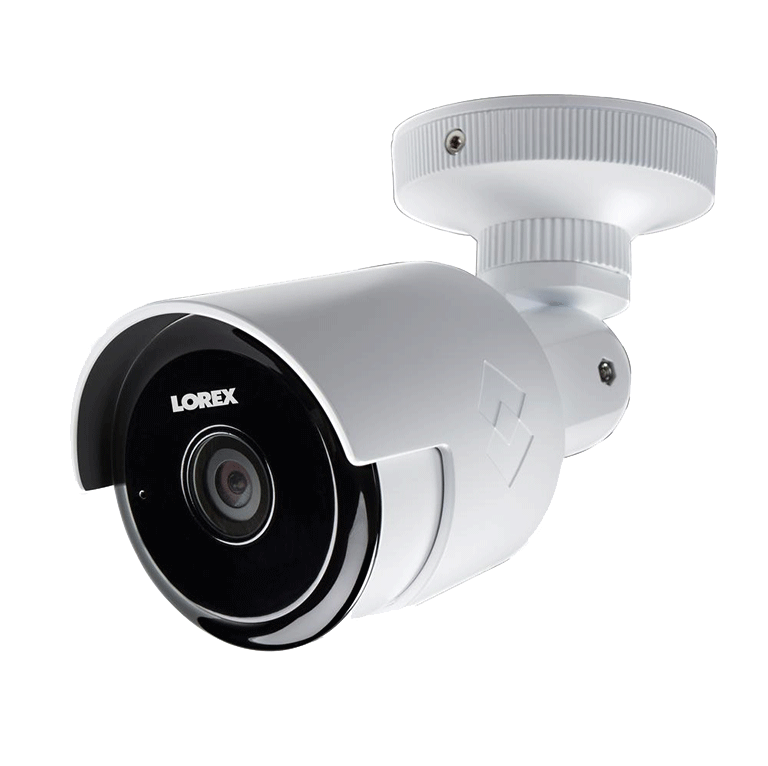 English
English
 English
English
Supplier
All over the world
16 years more
500 more
Manufacturer
Satisfaction Rate
Quality Check
Product Packaging
Technical Team
CE, FCC, RoHs
Outdoor security cameras are the first line of defense when it comes to protecting what’s most important—your home, property and family.
Outdoor surveillance provides the assurance that anything and anybody approaching your property and home will be captured on video.
We’ve prepared this buyer’s guide to help homeowners navigate outdoor security camera options.
Find out what you need to know about outdoor security camera systems to make the best choice for your home and family.
